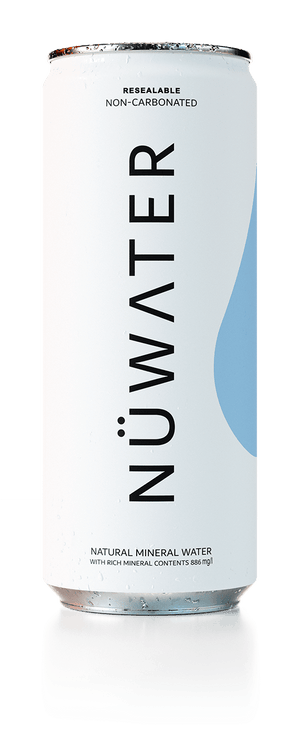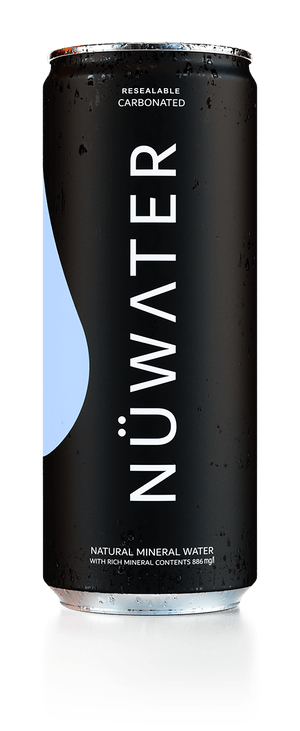GET 20% OFF YOUR FIRST ORDER. USE CODE: "FIRST20"
10 Ways Plastics Damage Human Health
June 21, 2021
We’ve all seen the shocking images of the plastics littering our streets, waterways, and oceans. Unfortunately, some of the more severe damage caused by plastic pollution cannot be seen with your eyes.
The complex health impacts of plastic on the human body are recorded at every step of its lifecycle. From the harmful fumes released in its production to its slow release of toxic chemicals, plastics are a continuing threat to life the world over.
As we find the world today, simply stopping the manufacture of plastics would still see them damage the environment for centuries to come. A reversal of our reliance on these materials would be a step in the right direction, however, they are now so embedded in society this would be merely a pipe dream.
BPA’s – Bisphenol A is a building block of plastics. Commonly used in food containers, over time the BPA breaks down and will contaminate food. When food containers are repeatedly washed, this process speeds up creating more of a risk to your health. Ingestion and inhalation are the main cause of BPA entering the human body.
Plasticizers – Used in the manufacture of PVC, plasticizers are commonly found in fruit juice and cooking oil bottles. Due to cost-effectiveness and versatility, the health issues risked by PVC are often overlooked. PVC can cause birth defects, genetic changes, cancer, chronic bronchitis, and a whole host of other terrifying problems.
Flame Retardants – Type-4 low-density polyethylenes are a type of heat resistant plastic used in frozen food and the preparation of milk and juice cartons. Although relatively safe when compared to other plastics in their effect on the human body. Their resistance to decomposition means they still have a substantial impact on the environment.
Microplastics –Microplastics are left by all plastic waste, for up to and over 1000 years. As the plastics polluting our planet slowly decompose, they release microplastics. These minute pieces of plastic (glitter is classed as a microplastic) make their way into the food chain through many, many routes. In the ocean, they can enter the food chain through something as tiny as krill. Krill is a food source for much of the ocean’s inhabitants. As one fish or whale devours another, the microplastics move up the food chain.
Polystyrene – Polystyrene is used in all kinds of packaging. You have undoubtedly been served numerous hot beverages in polystyrene cups throughout your life. Benzene, used in the manufacture of polystyrene is a human carcinogen and poses very high health risks. The neurotoxic chemicals Benzene and Styrene are amongst some of the most dangerous in plastic production.
Clothing – Plastics can be absorbed through our skin. Synthetic fibers such as nylon, polyester, acrylic, and rayon are constantly releasing microplastics into the atmosphere but also absorbed into the skin. As a derivative of petroleum, these fibers are all classed as plastic. Synthetic fabrics are treated with hundreds of harmful chemicals throughout their production process. Polyester has been ranked as the worst fabric for your skin.
Breathing – As plastics infiltrate so much of our life they often end up in landfills, rubbish dumps, or worse. When plastics are burnt due to poor waste management the fumes enter our atmosphere. Even under controlled methods using incinerators, it has been proven that dioxins (one of the most dangerous toxic chemicals known to man) enter the air in huge plumes. The ashes from burnt plastics also contain these chemicals and are equally as dangerous as the smoke.
Mining and Drilling – As plastics are made from fossil fuels, just by producing them we pose huge risks to the environment. Extracting oil and gas from wells takes huge amounts of energy, waste, and release of chemicals. The process of fracking uses over 170 chemicals that are injected into the ground to ‘fracture’ the rocks down the well. These chemicals alone can cause cancer, neurological and reproductive issues, impairment of the immune system, just to name a few. The impact on the surrounding environment caused by drilling and mining any of these resources leaves permanent damage to the earth and its inhabitants.
Refinement – The refinement process of plastic production, where the fossil fuels are converted into plastic, pumps unimaginable volumes of toxins into the sky. These carcinogenic toxins enter the atmosphere and find their way into every living organism on the planet. The closer you are to a refinery, the more likely you are to suffer the effects.
Lack of Education – One of the leading issues in plastic pollution is a lack of proper education on the subject. As a human being, experiencing what our planet has to offer creates a general sense of pride and wonder. If the untold impact of plastics could be realized by the majority, the process would be upheaved, and we’d find new ways.
As we’re aware, that is but a pipe dream.
By drastically reducing our use of plastics, we can impact on its effects in the future. With a global effort and education, we can turn a corner and start to reduce some of the continuing damage plastic production entails.
Lets take an oath to fight environmental hazards like plastic pollution. Click here to choose from our range of Sparkling Nuwater.
Leave a comment
Comments will be approved before showing up.







